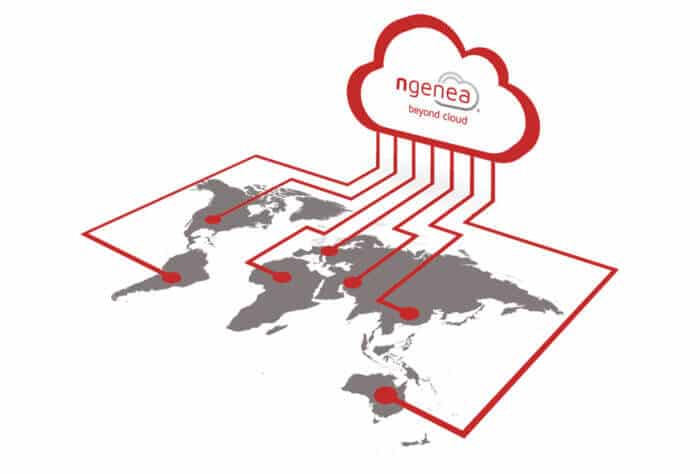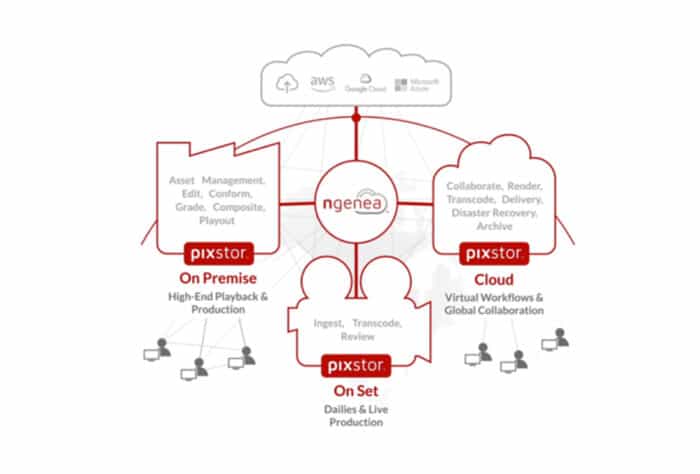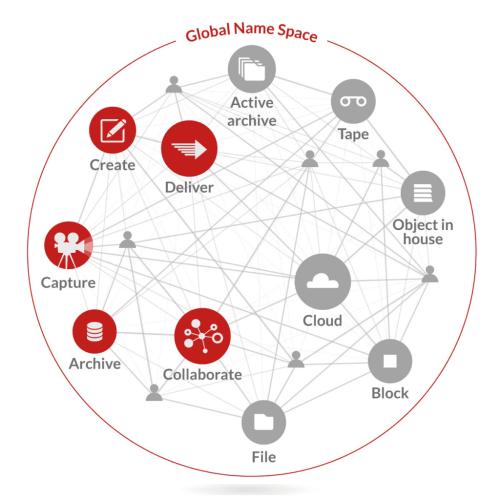
Since the late 2010s, there has been a steady rise in digital content creation studios adopting cloud solutions to support their scale. Whether for extra compute, storage or workstation count, or to equip distributed teams with connectivity; the cloud offers studios scale on-demand in a manner of different ways. Whilst adoption has been slow and steady across the media and entertainment industry, the cloud-adoption trend has been rapidly accelerated by the remote-working boom in 2020. In an increasingly challenging business environment, production and post-production studios that have been historically tethered to on-premise hardware are pivoting to supply the demands of remote working and so the prospect of cloud adoption from experimental innovation, to necessity.
A cloud-equipped studio has limitless scale which enables them to meet demand and be more flexible to meet the demands of bigger, more ambitious and a higher volume of projects with tighter deadlines. The ability to scale into infrastructure to the cloud may be what will separate the studios that can thrive and the studios struggling to survive.

There are many different use-cases of how the full spectrum of the media and entertainment industry is currently working with cloud solutions. Broadcast and production studios have implemented cloud to cover full edits and complete end-to-end workflows, right down to specific jobs such as pre-viz renders and importing assets. Big media companies are using the cloud for archive backup disaster recovery and to unify multiple physical locations. Instead of having another data centre and the associated duplication of on-premise server and network infrastructure, studios are adopting the cloud as an efficient way of reducing maintenance costs and implementing more resilient business models and workflows.
Production and post-production studios, in particular, experience sharp peaks of resource demand at points throughout a typical project. Historically, to manage a peak, studios would choose to invest in temporary hardware rentals, or consider the cost-return of a more permanent expansion. Today, instead of turning to cloud services additional cloud resources can be switched on to cover the periods of increased project, and then be switched back off again when that’s been managed.
When adopting cloud services, studios must also consider software solutions that can facilitate the movement of data between their on-premise hardware and cloud storage. With a smaller studio writing up to 30TB of data on a daily basis, transfer and management are as important components as the destination solution.

With studios working on media files at 2K, 4K and 8K resolutions, it is not really viable to work productively with heavy assets natively stored in the cloud as network connection and speed of data transfer quickly becomes a bottleneck to quick access. To overcome this, many studios are working towards having a smaller technology footprint on-premise and using the cloud only for short-term bursts of data storage for old or unused digital assets during a project. This enables a more collaborative approach to edit and review workflows.
The user experience of using cloud infrastructure will also play a vital role in this transition to a hybrid approach to infrastructure. On-premise technology and compute power must work together seamlessly which will again come down to the unique and specific requirements of the company. Having a data management policy forms the foundations of a successful hybrid cloud- based deployment. Media companies need to consider what data they want to access, how they want to access and store that data, and when they want to access that data to benefit their current business model; with the flexibility to change these requirements at a later date. Cloud providers can support this to an extent but come with the caveat of changing data storage ‘tier’ plans.
The biggest Cloud providers are adapting to this influx of cloud adoption by adding features that accommodate the type of data being stored, the level of access required, and the technological and financial cost of storing. Despite this, they still have business revenue models that rely on a high degree of customer data and services being locked in for a fixed duration. With all that in mind, if (for example), a production company wanted to use archive footage and monetise that asset, but it was stored as ‘cold data’ in the cloud – accessing and extracting that data would be difficult without a lot of cost and hassle. That’s not to say cheaper tiers of cloud storage are unviable as broadcast and production studios should be able to schedule the retrieval of archived assets into their project deliveries. The key takeaway here is the importance of media companies knowing the value of their data before speaking to Cloud Service Providers and having that appropriate level of access and cost in place for when it is required.
Having a data management cloud policy will be crucial for companies wanting commercial agility in 2021 and beyond. Many companies will want cloud solutions that require certain data to stay on-premise or will need to abide by stringent client security policies with container-based cloud solutions. Many studios have years and years of visual and audio footage, amounting to millions of data files that need to be archived and indexed. In having that data cloud policy, studios will be able to know immediately where and how they can leverage their data to accommodate both the client requirements and the business model.
As we’ve seen in the last year, strategies can be altered drastically by larger environmental challenges, and companies within the media and entertainment industry will need that agility, and speed of delivery with their data to benefit their longer-term business goals and performance indicators.